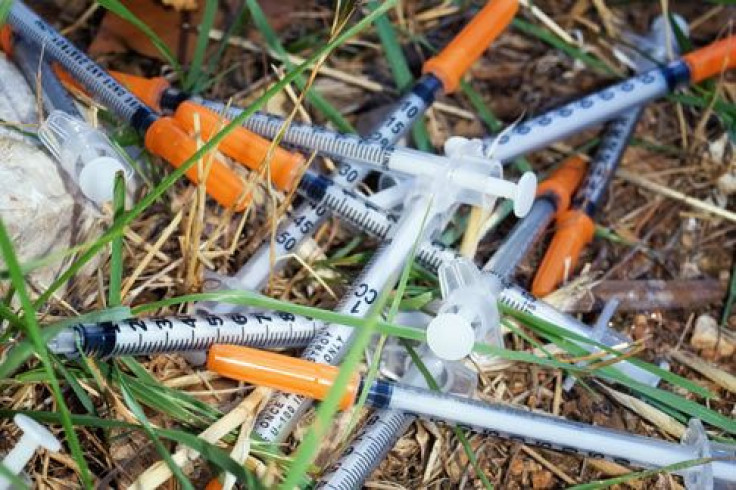New Hepatitis C Treatment Offers 90% Cure, May Halve Infection Rate In Afflicted Areas

A new antiviral treatment for the hepatitis C virus (HCV) may be able to reduce rates of the liver disease in chronically affected cities by as much as 50% over the next 15 years, and for individuals offer a cure rate of 90%, according to new findings published in Hepatology.
Over 150 million people are infected with the hepatitis C virus globally, and 350,000 people die from the disease every year. HCV is a major cause of liver disease, and the fastest growing cause of liver transplantation and liver cancer.
In Europe and the developed world, HCV primarily affects people who inject drugs. Hepatitis C can be cured using antivirals, and the current prevention strategy is clean needle and syringe programs, as well as opiate substitution therapy.
These strategies have successfully reduced rates from the very high values seen in the 1980s, but is unlikely to reduce rates further, according to researchers.
At present, an antiviral HCV treatment exists that can cure approximately 60 percent of people treated. The current treatment is poorly tolerated, long in duration (five to 11 months), and has a low rate of adherence among people who inject drugs, the cure's principal target.
The new antiviral HCV treatment, a type of interferon-free direct-active antiviral (DAA), has been shown in clinical studies to be more effective. Trials suggest that treatment duration is shorter (12 weeks), presents fewer complications and side effects, and has a cure rate of 90 percent.
"The development of highly effective simplified new HCV treatments has the potential to greatly enhance existing HCV prevention strategies," said Professor Greg Dore, head of the Viral Hepatitis Clinical Research Program, Kirby Institute for Infection and Immunity in Society at the University of New South Wales, Australia.
"Access to affordable HCV direct acting antiviral regimens for people who inject drugs should be a major focus to harness this potential prevention capacity," Dore added.
Researchers believe that the new treatment could work in conjunction with existing strategies to further prevent and treat HCV.
"Scaling up HCV treatment is critical to the prevention of HCV in the population to support and enhance traditional harm reduction measures — opiate substitution treatment and needle exchange," said Matthew Hickman, professor of public health and epidemiology at the University of Bristol and lead author of the study.
The new drug could be expensive for areas with high rates of infection, with projected costs of $3.2 million for Edinburgh and approximately $50 million for Melbourne and Vancouver. But treatment may lead to lower costs in the long run.
"Although the cost of these treatments appear to be expensive, economic models by Martin, et. al. in the UK and Burnet researchers in Australia suggest that scaling up HCV treatment in people who inject drugs is highly cost-effective," said Professor Margaret Hellard from the Burnet Institute in Australia.
"It is also important that the scale up of HCV treatment occurs in combination with traditional harm-reduction measures-- opiate substitution treatment and needle exchange-- which have previously also been shown to be highly cost effective," Hellard added.



























